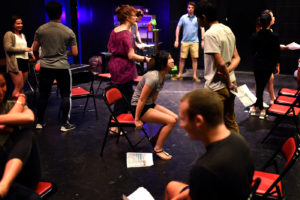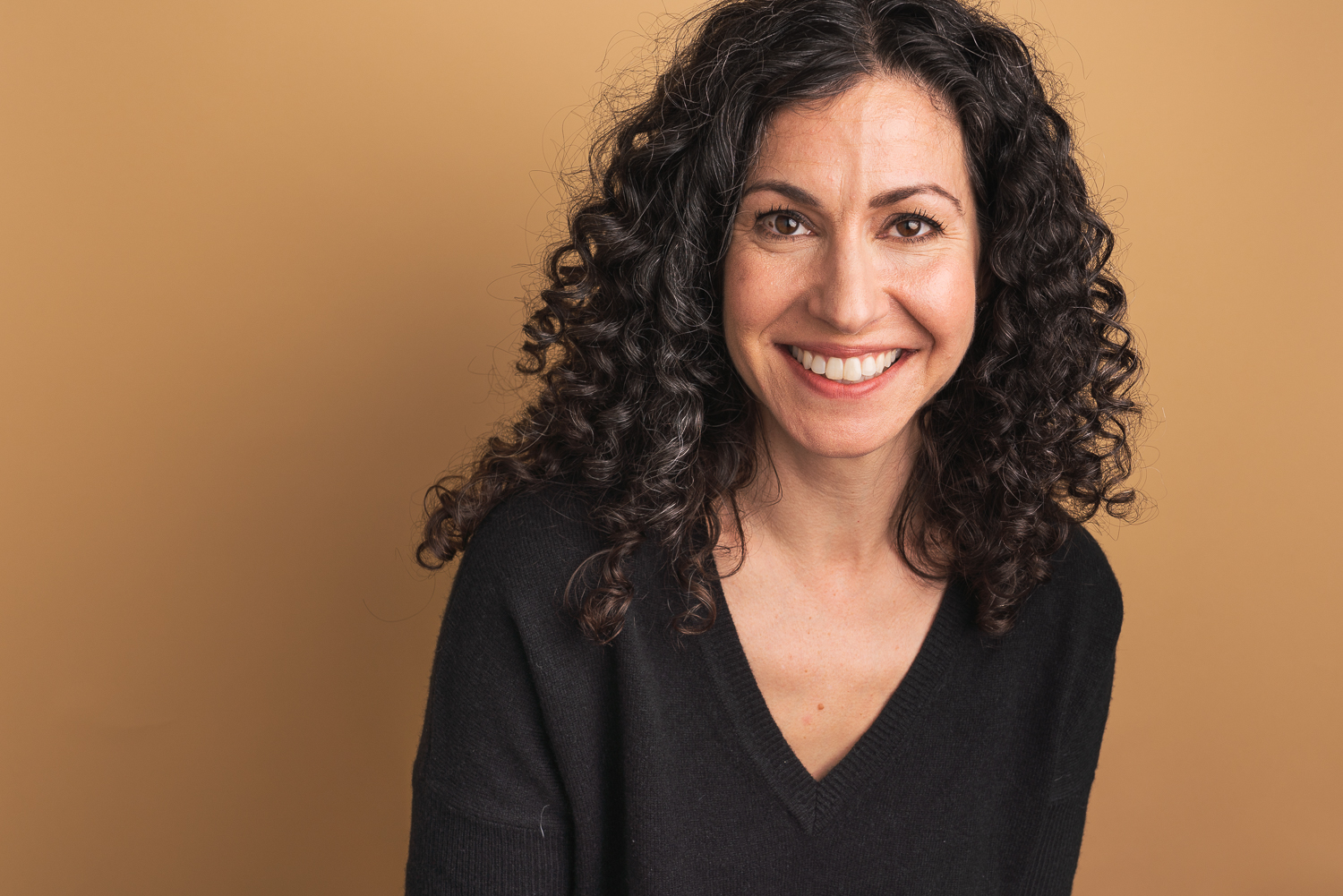
Dani Snyder-Young is an artist, author, and Assistant Professor in the Department of Theatre at Northeastern University. A director by trade, she uses teaching as an organic extension of the collaborative drive that is theatre-making. By leading collaborative teams through problem-solving, she helps Theatre students become artistic collaborators in the classroom—and in production.
With a new semester just getting underway, we caught up with Professor Snyder-Young to find out more about what makes studying Theatre at Northeastern so unique. The major distinction: in CAMD, the Department of Theatre teaches a number of skills that can be applied to other majors. Students gain transferable knowledge that can be applied to an abundance of career paths, including both traditional and non-traditional theatre roles. Theatre students can carve any path they wish within the Department by asking themselves what they want to gain from theatre and how it relates to their own lives.
The Department of Theatre utilizes theatre practices to teach all students collaborative creative problem-solving, professional presentation and communication, the empathy required in active listening, and the charisma to be able to stand up and run a room. All of these skills are necessary for a wide variety of industries—including, of course, the theatre industry itself—but can be taught in a unique and effective way using theatre methods. For example, an aspiring entrepreneur can learn the quick thinking that comes through improvisation and the charisma that comes from being a performer (or, see how Northeastern Computer Science majors are engaging with the Department of Theatre in this feature in the Chronicle of Higher Education).
Still, there are a number of students who use their Theatre degree towards the more traditional theatre route, such as alumna Christine Chen who is a working actor and playwright in NYC. Another example is alumnus Pablo Hernandez Basulto, who developed skills at Northeastern through classes such as Activism & Performance and Theatre & Society and through work in the department production season as a stage manager, actor, and director. He also worked beside Professor Snyder-Young as a Research Assistant and did co-ops focusing on arts-based community engagement, which helped launch him into a career with The Public Theatre as a Public Works National Associate, where he uses theatre and performance for community building in collaboration with acclaimed artists.
When asked about what advice Professor Snyder-Young would offer to prospective Northeastern Theatre students, she said, “Don’t be intimated and don’t be afraid to get involved and ask questions.”
At Northeastern University, the Theatre faculty is fully accessible with close and collaborative relationships with our students. We’re easy to get to know and we’re interested in getting to know students.
“Anybody who wants to come and play in our sandbox, we’re happy to play with them,” she added.
Theatre students are given all of the resources needed to thrive in the industry and connect what they are learning to other disciplines, as well. Alongside the co-op experience, students are empowered to blaze their own path through Northeastern’s flexible program of courses, with the option to transfer those skills into different industries.
Professor Snyder-Young explained, “a lot of our Theatre students will do a co-op in a theatre industry setting and then in another industry setting to see how it fits. Students let those experiences inform their trajectory. We have students who go either way, but they have those opportunities through access to advising and Theatre faculty throughout these learning experiences.”
“Northeastern is so distinct because the theatre department is pretty porous. Artistically, we have this robust world of student clubs that is part of the Theatre ecosystem that centers student-created work and the voices of students,” Professor Snyder-Young concluded. “Northeastern’s Theatre department allows students to activate their versatile aesthetic and cultural interests through performance—at a lot of different levels of commitment.”


